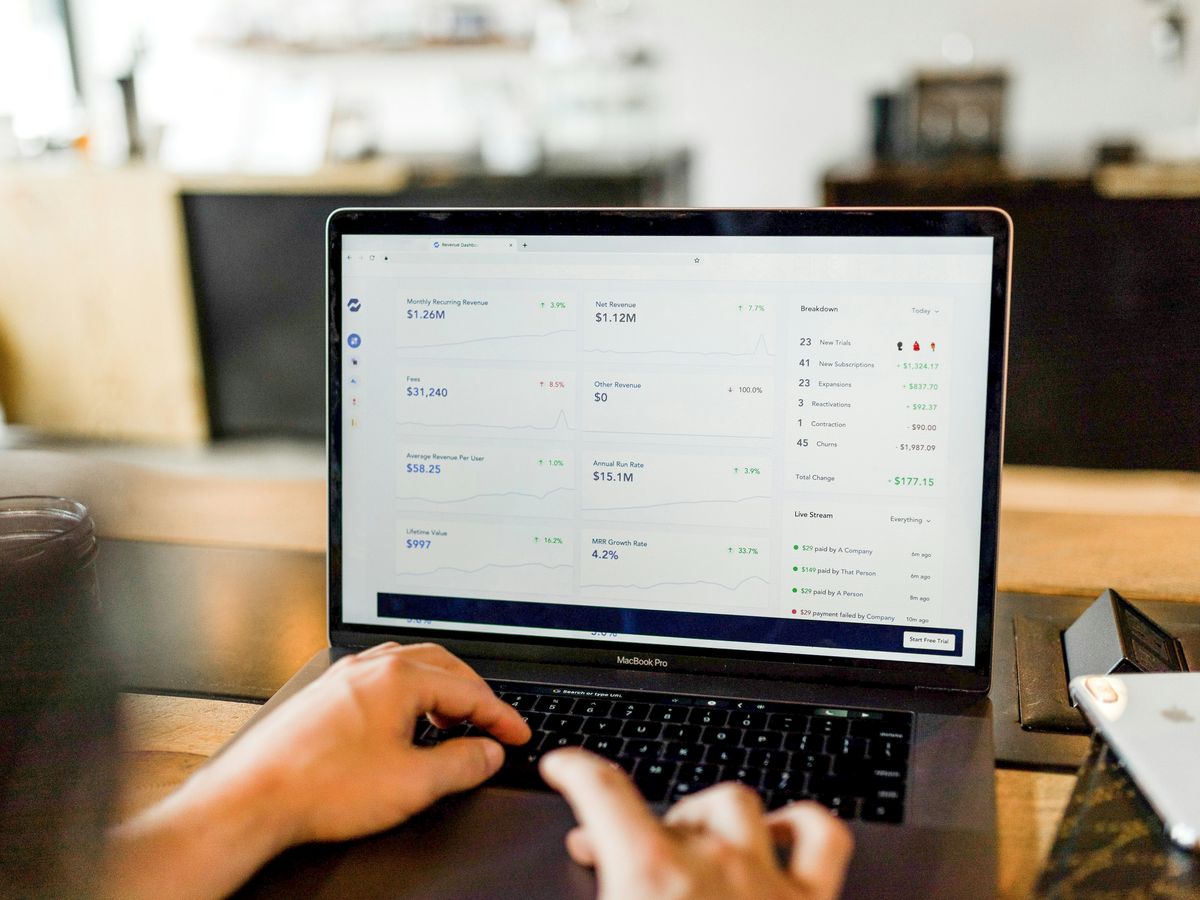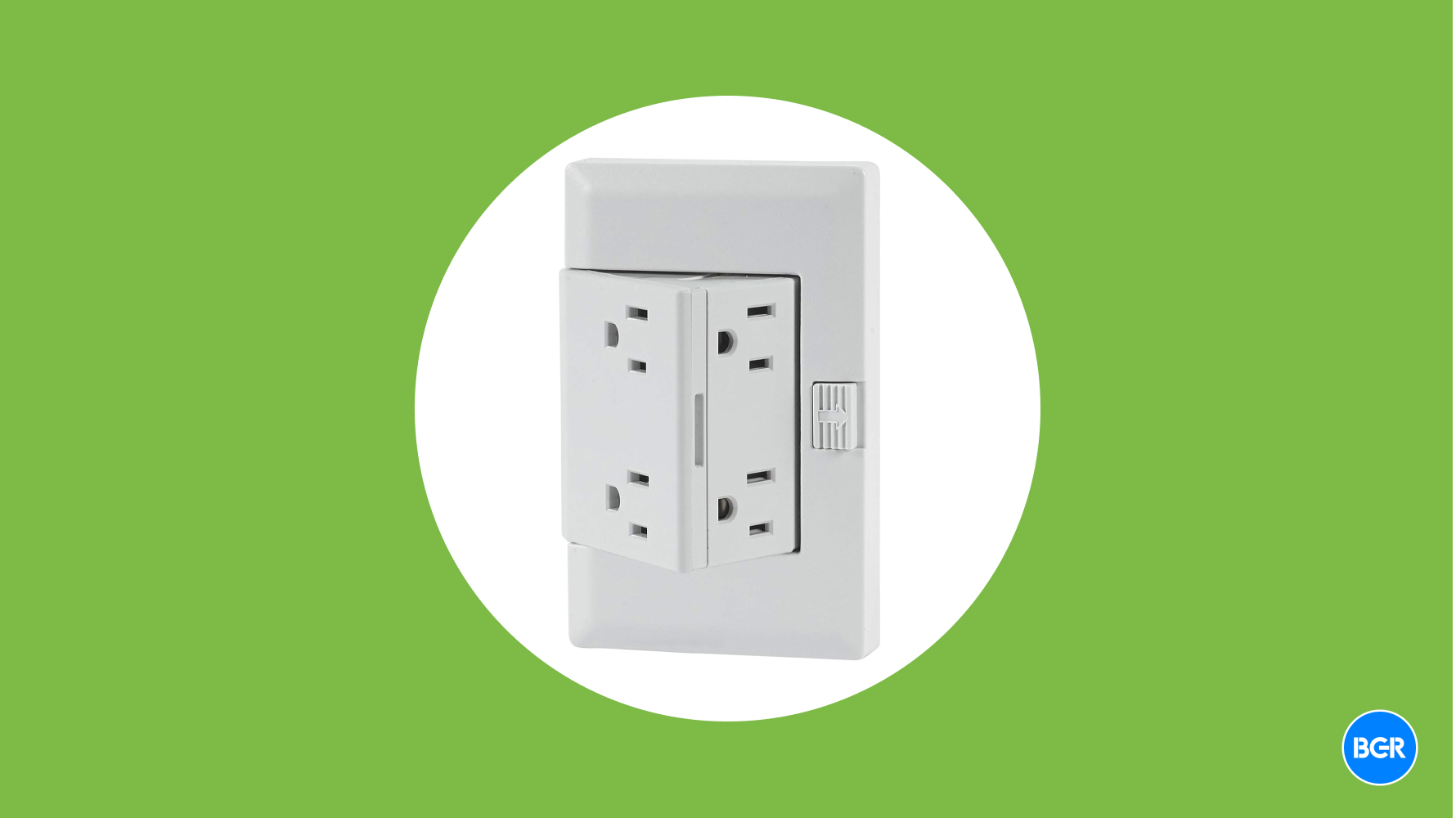In today’s digital age, having a website that converts visitors into customers is crucial. Conversion means getting users to take a desired action, like making a purchase or signing up for a newsletter. High converting websites focus on user experience, clear messaging, and continuous testing to improve their performance. This article will explore what makes a website successful in converting visitors and how you can apply these strategies to your own site.
Key Takeaways
- A responsive design is essential for mobile users, making it easier for them to navigate and convert.
- Including a ‘Chat Now’ button can significantly increase user engagement and conversions.
- Displaying security seals on your site can boost user trust and improve conversion rates.
- Using clear and compelling call-to-action buttons can lead to higher conversion rates.
- Regular A/B testing helps identify the most effective strategies for improving conversions.
Understanding Website Conversion

Defining Website Conversion
When we talk about website conversion, we’re referring to the actions we want visitors to take on our site. This could be anything from signing up for a newsletter to making a purchase. A higher conversion rate with the same number of visitors translates into more revenue. It’s all about turning visitors into customers or leads.
Types of Website Conversions
There are several types of conversions we might aim for:
- Sales Conversions: When a visitor buys a product or service.
- Lead Conversions: When a visitor fills out a form or signs up for a newsletter.
- Click-through Conversions: When a visitor clicks on a specific link or button.
Importance of Conversion Rates
Conversion rates are crucial because they tell us how well our website is performing. If we have a lot of traffic but low conversions, it means something is off. By focusing on improving our conversion rate, we can make a significant impact without needing more traffic. Imagine you have 1,000 visitors and a 1% conversion rate; that’s 10 conversions. If you increase the rate to 2%, you get 20 conversions with the same number of visitors.
Understanding and improving conversion rates is key to unlocking the secrets to a higher website conversion rate. The more traffic you have, the more significant the impact.
Key Elements of High Converting Websites


Creating a high converting website goes beyond just making it look good. It involves several key elements that work together to turn visitors into customers. Let’s dive into these essential components.
User Experience and Design
A high converting website should have a clean, organized layout that helps visitors quickly find what they need. Visual cues like contrasting colors and readable fonts can guide visitors’ attention to important details. Using wireframes to plan your site’s structure can also be very helpful. Avoid using low-quality stock photos; instead, use images that truly represent your brand. Properly sized images ensure fast load times, and white space can make content-heavy pages easier to read.
Effective Call-to-Actions
Call-to-actions (CTAs) are crucial for guiding visitors on what to do next. They should be clear, concise, and stand out on the page. Test different CTAs to see which ones resonate most with your audience. Remember, a well-placed CTA can make a big difference in your conversion rates.
Trust Signals and Social Proof
Trust signals like customer reviews, testimonials, and security badges can make visitors feel more comfortable taking action on your site. Social proof, such as user-generated content or case studies, can also be very effective. These elements help build trust and credibility, making it easier for visitors to convert.
Optimizing for Mobile Users
In today’s world, many people visit websites using their phones. This means we need to make sure our sites work well on mobile devices. Let’s dive into how we can do that.
Responsive Design Principles
A responsive design means our website looks good and works well on any device, whether it’s a phone, tablet, or computer. If our pages aren’t responsive or load too slowly, users might leave within seconds. To keep visitors, we need a design that adjusts to different screen sizes and loads quickly.
Mobile-Specific Call-to-Actions
Call-to-Actions (CTAs) are buttons or links that encourage users to take action, like signing up for a newsletter or making a purchase. For mobile users, CTAs should be easy to tap and clearly visible. We should also consider where users are in the funnel – are they new visitors or returning ones? This helps us tailor our CTAs to be more effective.
Testing and Analytics for Mobile
Testing is crucial to make sure our mobile site works well. We can use tools to see how users interact with our site on their phones. Analytics help us understand what works and what doesn’t. By regularly testing and analyzing, we can keep improving our mobile experience.
With so many people accessing our site via mobile, having a responsive design is essential to encourage users to convert.
A/B Testing and Data-Driven Decisions
Importance of A/B Testing
We won’t always know what works best for our website visitors. That’s where A/B testing comes in. It involves creating two versions of the same element to see which one performs better. This could be as simple as testing two different headlines or as complex as comparing two email styles. A/B testing is key to understanding what our customers prefer.
Tools for A/B Testing
There are many tools available to help us with A/B testing. Some popular ones include:
- Optimizely
- Unbounce
- AB Tasty
These tools make it easier to set up tests and measure results. They help us see which version of our content leads to more conversions.
Interpreting Test Results
Once we have our test results, it’s important to understand what they mean. We need to look at the data and see which version performed better. This helps us make informed decisions about what changes to keep. Remember, different customers are at various stages in their lifecycle, so we need to tailor our approach to enhance loyalty and conversion rates.
By using A/B testing and analyzing the data, we can make better decisions that improve our website’s performance. This helps us build long-term relationships with our customers and increase conversions.
Advanced Techniques to Boost Conversions
Personalization and Segmentation
To really connect with our audience, we need to make our content feel personal. By segmenting our users based on their behavior and preferences, we can offer them more relevant content. This approach not only makes users feel valued but also significantly boosts conversion rates. Imagine visiting a site and seeing recommendations tailored just for you. That’s the power of personalization.
Utilizing Chatbots and Live Chat
Adding a “Chat Now” button can make a huge difference. Chatbots and live chat options provide instant support and answers to visitors’ questions. This immediate interaction can lead to a 31% increase in form fills. People appreciate quick responses, and this can turn a curious visitor into a loyal customer.
Leveraging Video Content
Videos are a fantastic way to engage users. They can explain complex ideas quickly and keep visitors on our site longer. Product videos, for example, can increase purchases by 144%. A short, engaging video can be the nudge someone needs to make a purchase. So, let’s use videos to tell our story and showcase our products effectively.
Common Pitfalls and How to Avoid Them


Ignoring Mobile Users
One of the biggest mistakes we can make is ignoring mobile users. With so many people browsing on their phones, it’s crucial to have a mobile-friendly site. If our website isn’t optimized for mobile, we risk losing a huge chunk of potential customers. Always ensure your site is responsive and easy to navigate on smaller screens.
Overcomplicating the User Journey
Another common pitfall is making the user journey too complicated. If visitors have to jump through too many hoops to find what they need, they’ll likely leave. We should aim to limit navigational hurdles and keep things simple. A smooth, seamless experience is key to keeping users engaged.
Neglecting Data and Analytics
Lastly, neglecting data and analytics can be a major setback. Without analyzing user behavior, we won’t know what’s working and what’s not. It’s important to regularly check our analytics to understand where visitors are dropping off and what can be improved. This way, we can make data-driven decisions to enhance our site’s performance.
By avoiding these common pitfalls, we can create a more effective and user-friendly website that drives conversions.
Case Studies of Successful Website Conversions


E-commerce Success Stories
In the world of e-commerce, some companies have truly mastered the art of conversion. For instance, Instacart has seen remarkable success by focusing on user experience and convenience. By offering a seamless shopping experience and quick delivery options, they have managed to convert casual browsers into loyal customers. Another great example is MOXĒ, which has leveraged personalized marketing and targeted promotions to boost their conversion rates significantly.
Service Industry Examples
The service industry also has its share of conversion success stories. Take MailChimp, for example. They have effectively used email marketing to engage their audience and drive conversions. By providing valuable content and easy-to-use tools, they have built a strong customer base. Another noteworthy example is SalonWorks, a business management tool for salon owners. They clearly communicate their unique value propositions, making it easy for potential customers to understand the benefits of their service.
Lessons Learned from Failures
Not all attempts at improving conversions are successful, but failures can offer valuable lessons. One common pitfall is ignoring mobile users. With so many people accessing websites via mobile devices, it’s crucial to have a responsive design. Another mistake is overcomplicating the user journey. Keeping things simple and intuitive can make a big difference. Lastly, neglecting data and analytics can lead to missed opportunities. Tracking metrics and understanding customer behavior are essential for making informed decisions.
Frequently Asked Questions
What is a website conversion?
A website conversion happens when a visitor completes a desired action on your site, like making a purchase or filling out a form.
How do you calculate the conversion rate?
To calculate the conversion rate, divide the number of conversions by the total number of visitors and multiply by 100 to get a percentage.
What is a good conversion rate for a website?
A good conversion rate typically ranges from 2% to 5%, but this can vary depending on the industry and target audience.
Can a website achieve a 100% conversion rate?
Achieving a 100% conversion rate is highly unlikely because not all visitors are ready to take action. The goal is to make it easy for those who are ready.
How can I improve my website’s conversion rate?
You can improve your conversion rate by optimizing user experience, using effective call-to-actions, and incorporating trust signals like testimonials.
Why is mobile optimization important for conversions?
With many users accessing websites via mobile devices, having a responsive design ensures a smooth user experience, encouraging more conversions.





